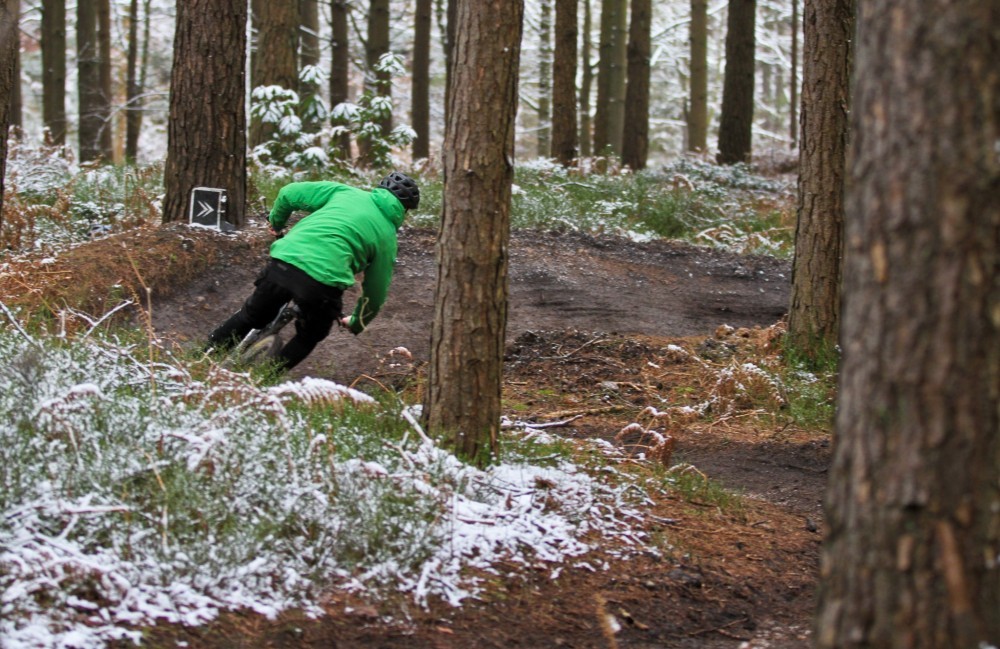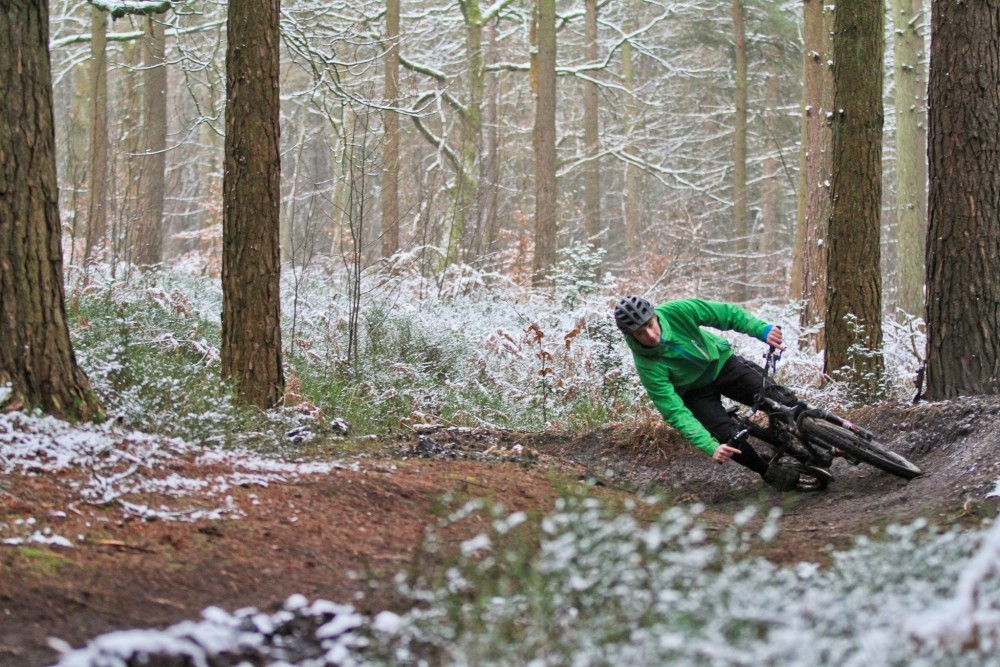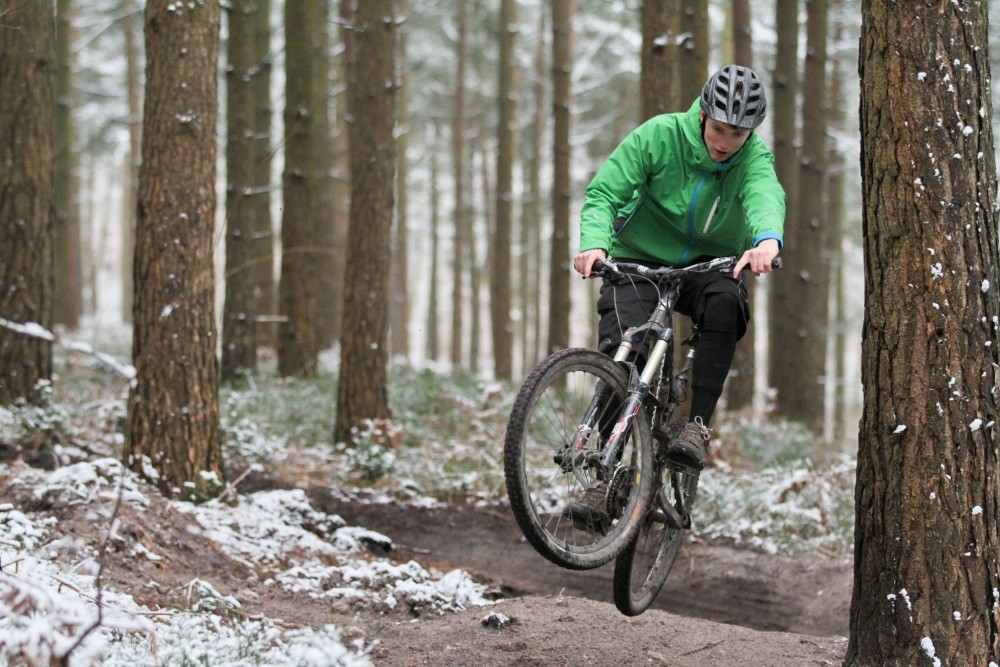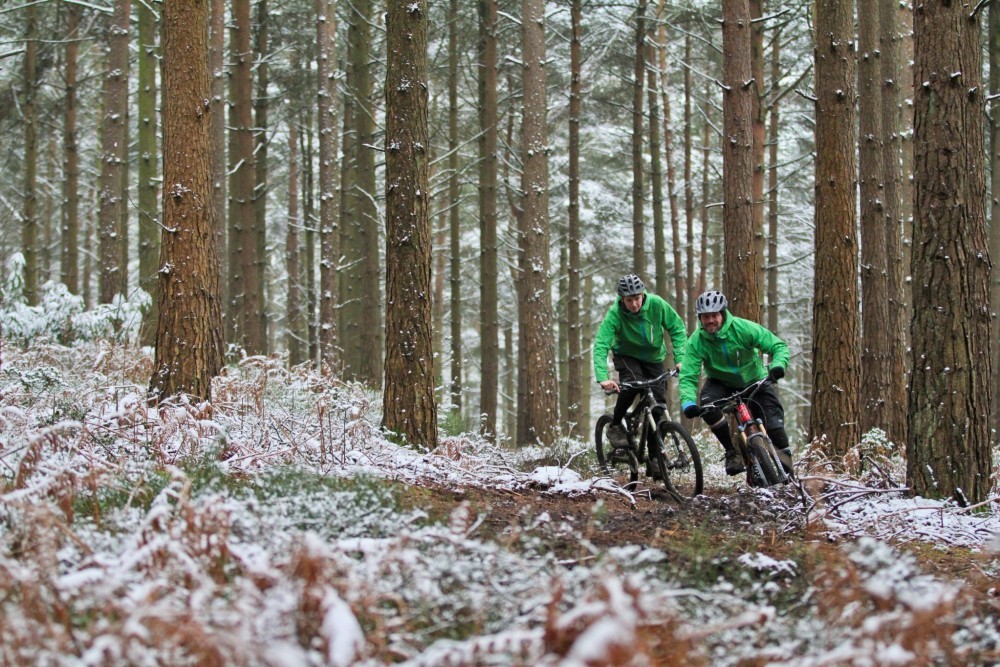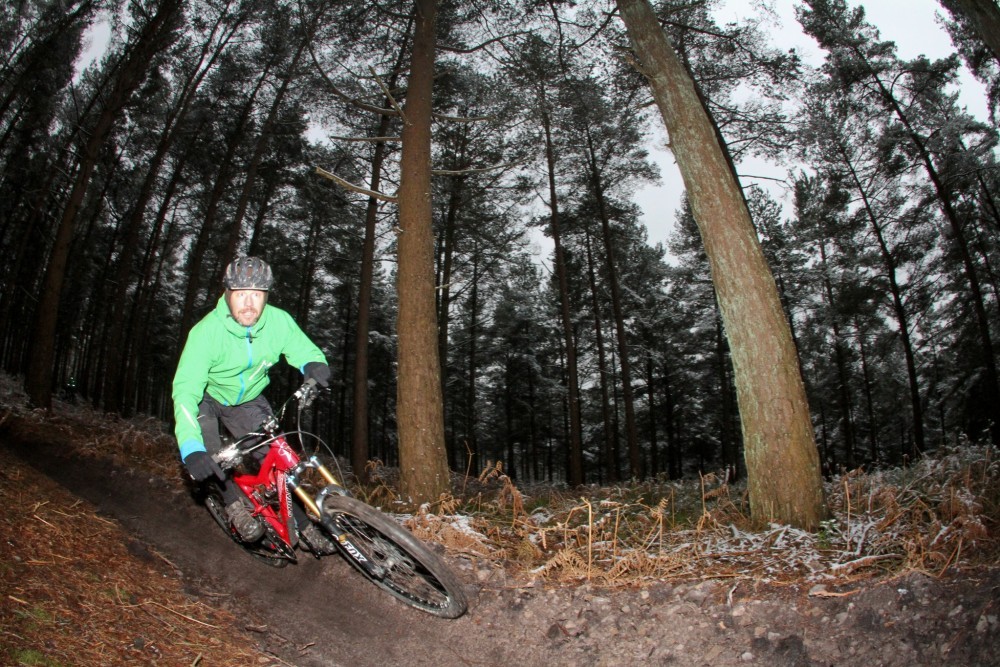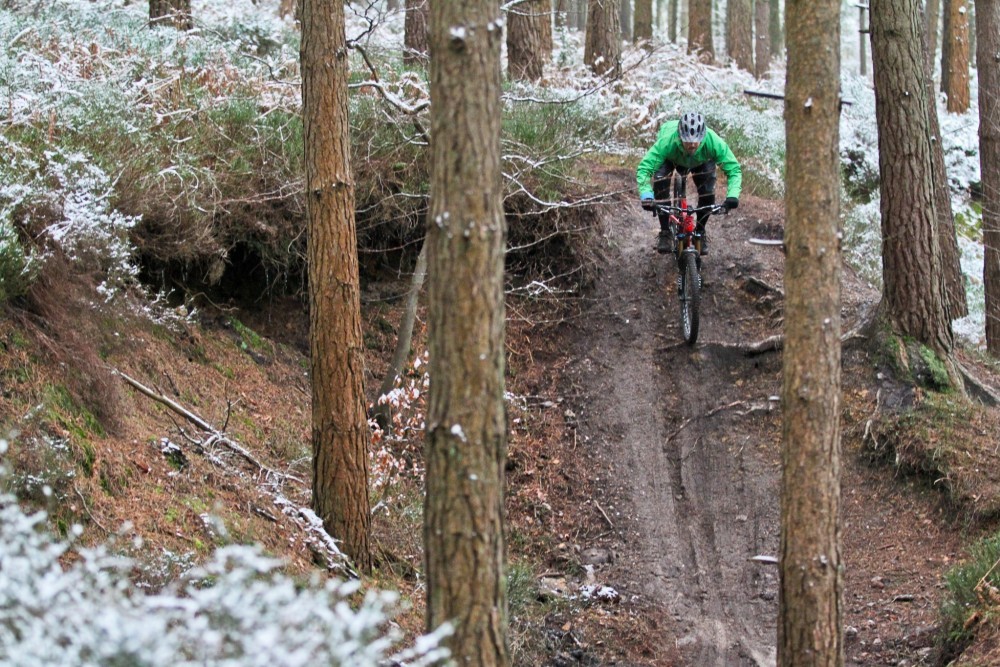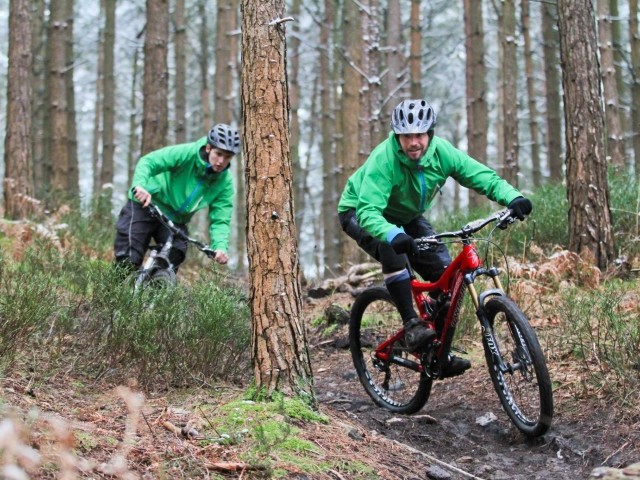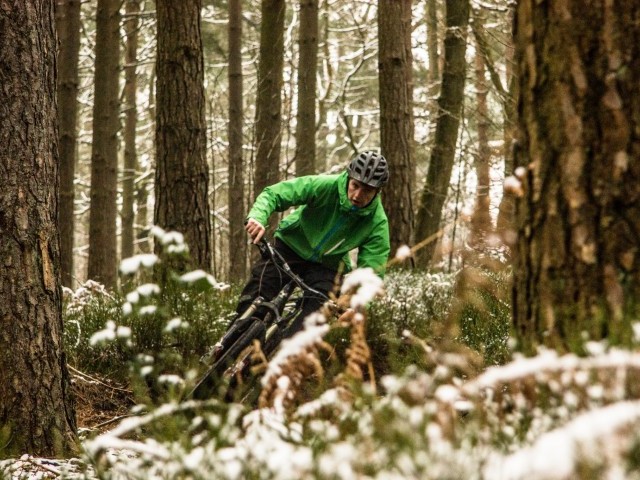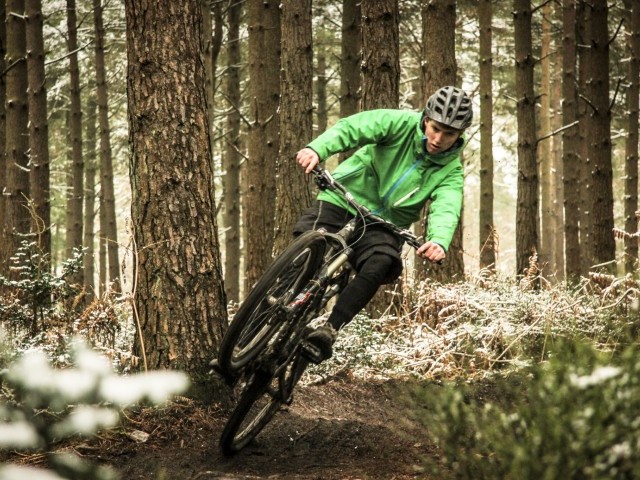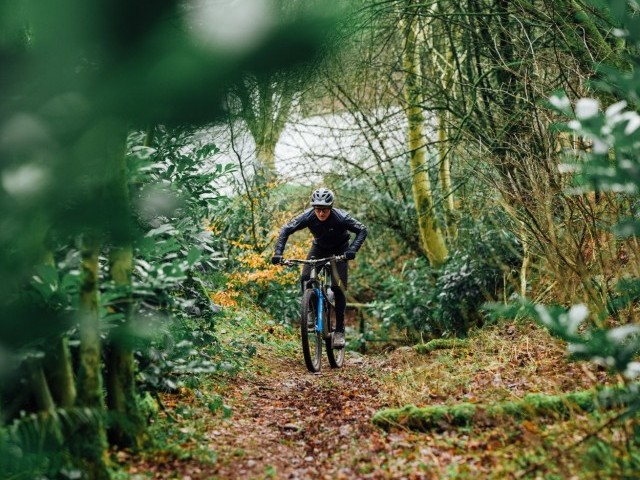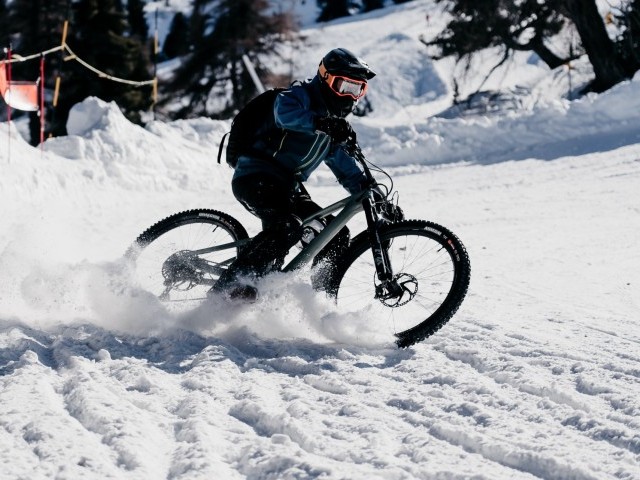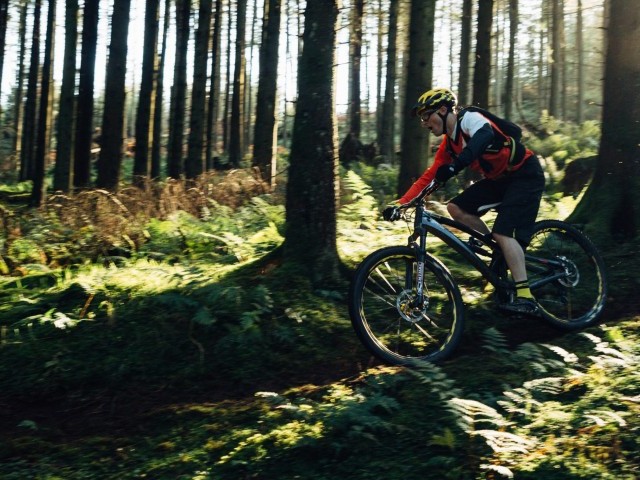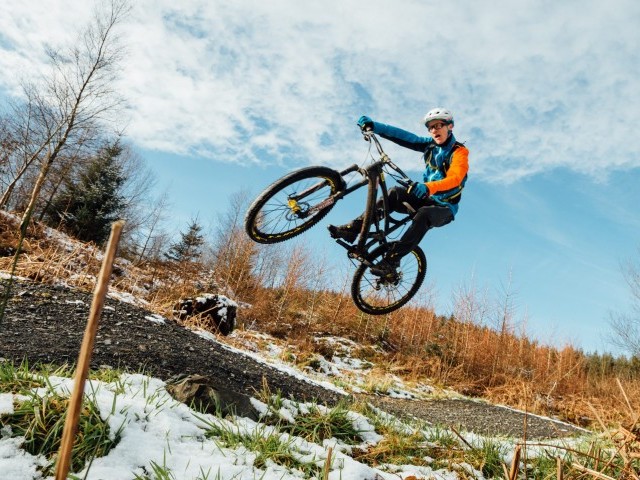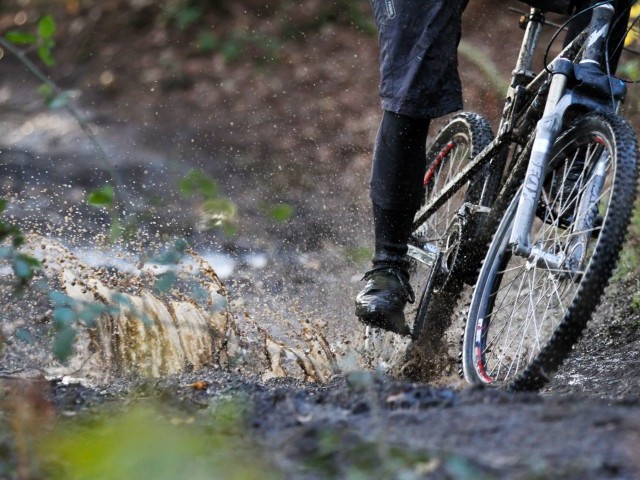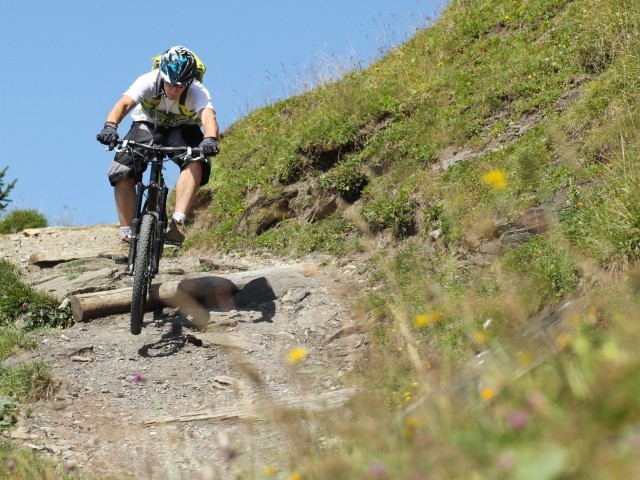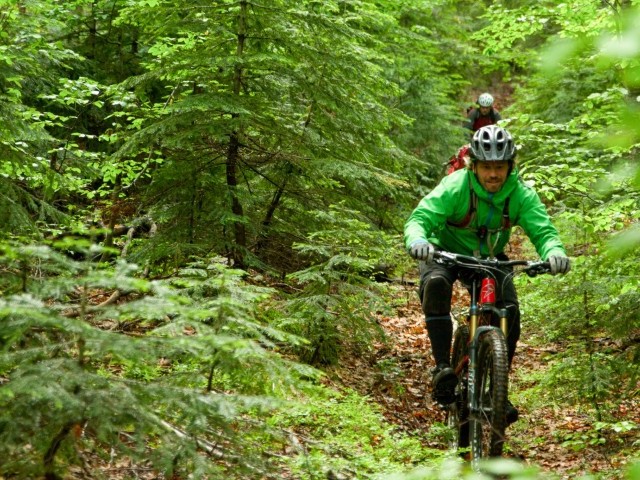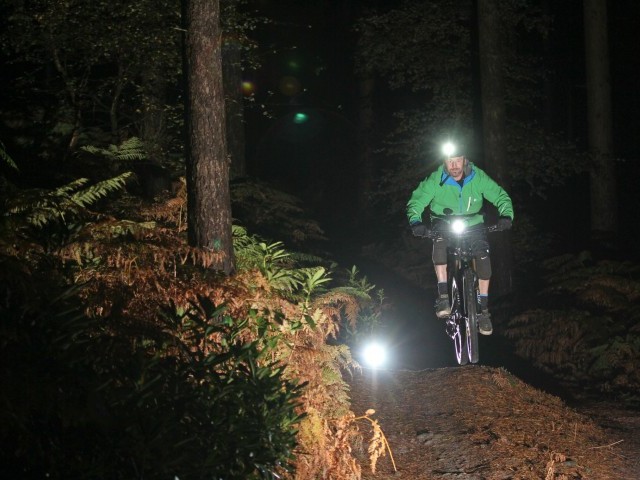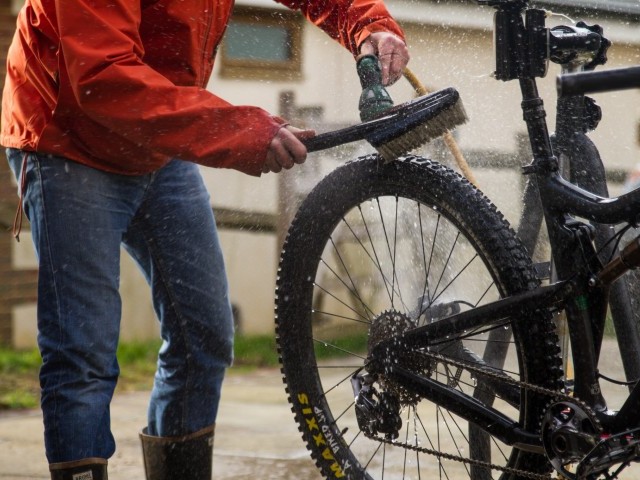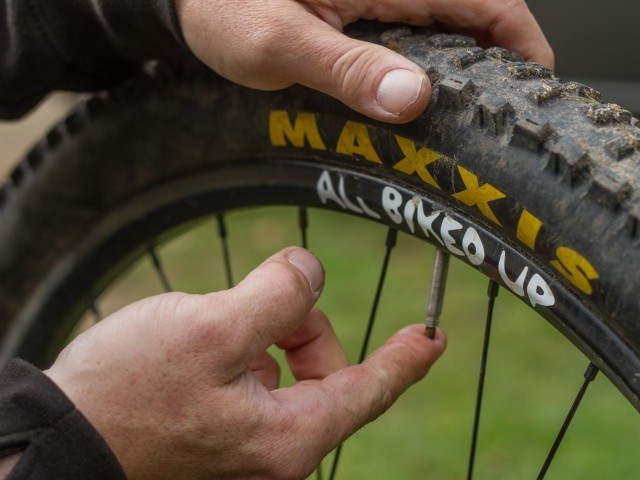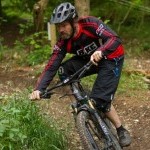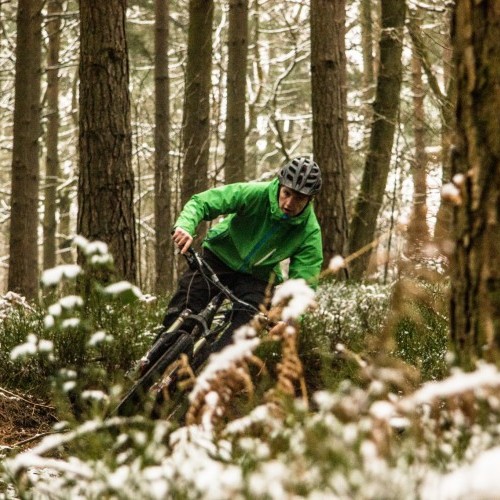
New Years Resolutions
Technique / Seasonal Riding
Traditionally the New Year is a time to reflect but also look forward. Resolutions are made, and probably by now broken, so what better time to have a second crack at committing to some changes. These resolutions are not ones that only involve abstinence and depriving yourself, but ones you might just keep!
This issue we have a bakers dozen of changes and considerations to try. It’s a menu of options to dip in and out of, not live your riding life by. Which and how many you apply will, to a certain extent, be dependent on what your motivation for riding is. Maybe you just ride because it’s fun, perhaps it is part of a fitness regime, perhaps an addiction to adrenaline, or more likely a combination of all three. These changes include not only changes to your equipment and your physical activities, but perhaps most importantly changes to your mental approach to riding. What ever your motivations for riding, any of these commitments that you can keep to will result in more fun and finesse in your riding life. Join us for a belated second bite at the New Year cherry this time focussing on resolutions concerned with revolutions!
You won't have to give things up so much as give some new things a go.
First consider where your riding is at, what are your personal key performance indicators when it comes to achieving riding satisfaction and how can you ensure that this year is the best you have ever had on two wheels (no matter how big or small they are).
Performance, people and places might all play their part in the goals you set and what makes you tick as a rider. Some of the considerations apply to kit, some to the physical aspects of riding and others to your mindset. At this point I would like to point out that some of the following is based on the academic works of others, I have simply demonstrated how their ideas can apply to enhancing your own riding. For sure, when reading these texts I recognised a lot of what I had learned through years of coaching and much of that which lies at the heart of our coaching methodology, but some of the recommendations are based on the outputs of far greater minds than my own, people who heave spent thousands of hours understanding neuroscience, how we develop skills both physically and mentally (and the correlation between the two). I have simply applied them in the context of Mountain biking. The ideas pertaining to saving money and spending it on new shiny bike bits or beer are of course my own.
1. Revitalise your bike and your body. In terms of your bike commit to a more rigorous routine of care. At the risk of sounding like your gran 'a stitch in time saves nine'. Changing cable outers regularly is not only quick and cheap but will make gear shifting sweeter and ultimately put less stress on the other components involved in the process particularly the shifter itself, not to mention your thumbs! Keeping an eye on chain stretch might mean that you go through more chains but you will get more longevity out of your cassette - the more expensive of the two. Setting the limit screws on your rear mech correctly so that your chain never comes off either end of the cassette will preserve your spokes and spare the frame from unnecessary scratching, scuffing and damage. Bedding in new brake pads correctly will give you up to three times the life out of each set. Easier still is committing to making sure you hose down the moving parts after every ride. In the winter it's more obvious, but dry grit, dirt and sand left at the top of your forks outers, around pivot points of full sussers and in any moving part will act like sand paper if left where it lies. During the summer it's easy to think no mud means no need to wash your bike. Think again. Perhaps at start of the season begin with a service, get your bike primed by the pro's at your local bike store, but if you can contribute little and often to maintenance the result will be far lower running costs in the long run...and more money for upgrades...or beer. Revitalise your body. Many of us consider the riding itself as the training we need to get fitter and thus faster, however that is not necessarily the quickest or easiest way to progress. Grinding out hundreds of miles takes time that many of us simply do not have and resolve many don't possess. Think about another approach. High Intensity Training is an approach that fits our busy lifestyles. 3 short bursts hitting your maximum output for around 30 seconds with recovery between each blast repeated between four and six times as little as three times a week can have a dramatic and positive affect on insulin sensitivity and aerobic capacity. It should not replace all other exercise but can be easier to fit into your schedule and have a greater effect than the traditional 3-hour riding once a week that is for many of us our commitment to fitness. Just like revitalising your bike, revitalising your body needn't be a full time job.
2. Set some riding goals. It is all very well hoping to get more from your riding but this should involve some goal setting. Do you want be faster? Ride bigger? Impress the boys/girls? What ever your goals are they should be SMART. Specific. Measurable. Achievable. Realistic. Targeted. Whatever your goals include, be sure of one thing and that is to do it for you, not for others. If you are going to get even close to reaching goals you must want to do it and not just feel you should. You may not reach that goal, but in striving to do so you will make progress.
3. Play with your set up - if you are strictly applying point 1 and are spending less by making components last longer you can start to think about toying with changes to your set up. It is easy to get used to your bike just the way it is. We are creatures of habit and change is something that can be shunned. Bike designers know their stuff but they are also working to a price point. After-market upgrades are not so cheap, but we are all different shapes and sizes so don't shy from a few tweaks to personalise the bike to your own physiology and riding style. For sure the marketeers love change for financial reasons but that doesn't mean that performance is not a considerable factor. As riding bigger, steeper and faster becomes the norm some upgrades to your current bike might well negate the need for a whole new bike. Consider changes - bar width, stem length, gearing ratios etc. Upgrading shocks and forks are bigger outlays but can make a massive difference to your riding experience. In short, making your bike feel brand new need not involve a new bike altogether.
4. Visualise. Watch a pro do it for real, then visualise yourself doing it. Know what perfection looks like - building flat pack furniture is easiest when you know what the end product should look, like which components are the most important, what goes where and when- building skills is the same. Do be aware when watching the movies that sometimes riders deliberately drift for cinematic effect - realise when they are playing with the trail and when they are applying the very best practice. Watching World Cup events rather than artistic showreels might give you the truest representation of where best practice overtakes best viewer experience, yet both will help you to create a mental image of what you are trying to recreate out on the trail.
5. Revisit fundamentals. The most fundamental skills in riding are the most important and represent the necessary foundations for even the most advanced and technical riding, techniques and skills. Get great at the simple stuff and build from that.
6. Film yourself riding (or get a friend to) as you do normally, not trying to go extra fast extra big or with extra flare, but just as you do it now. Visualising perfection helps you achieve it but seeing what you are actually doing may surprise you. Identify the good points, and identify the not so good. Poor outcomes are often symptoms of problems not the actual problem that needs fixing. So look in detail of the various elements that make up a technique rather than just the whole picture. Watch, and then really watch, freeze the action, watch in slow-mo - get a detailed picture not just an overview.
7. Break it down or ‘chunk it up’ Understand the building blocks of riding. Previous articles have identified Personal, Physical and Psychological building blocks that make up the whole - a pedagogy. Revisit (or visit for the first time) the back issues to understand the elements you can strip out and work on in isolation to progress and develop as a rider. Doing this will ensure that you are able to get more from any time you spend practicing. The 'system' is a great blueprint for building a riding superstructure and a framework upon which to base your development.
8. Spend less time on the forums and use that time more productively, dedicate more time considering the learning process more generally. Read around the subject. There are some great works out there. To sum up (ish) in a sentence the premise of some of the best of these works - All physical actions are a result of instructions sent from the brain and we can improve how effectively and rapidly these instructions are sent and indeed interpreted resulting in far higher levels of performance. (See some suggested works at the end of the article).
9. Find the ‘sweet spot’ for progression. Having understood and developed the fundamentals of a new skill it’s time to leave your comfort zone and engage in some ‘reaching’. Somewhere between the comfort zone and panic stations is the sweet spot for learning or as it is sometimes referred to ‘the stretch zone’. Apply new learning on terrain that begins to push you psychologically. Remember that both flight and fight responses share some common ground that needs avoiding - the 'deep freeze.' Freezing leads to failure - quite simply in this state you stop doing anything, like a rabbit in the headlights. You may try and fail in the stretch zone, but success is not overly relevant. Each time you fail you are forced to work at a resolution, studies show that it is the need to think about correcting mistakes that helps us rise to far higher levels than simply doing things right first time all the time.
10. Seek a new riding experience - ride different terrain, ride with different riders (better or worse) and watch them - really watch them. Visit a bike park, pump track, experience different riding disciplines, don't diss what's different. Enter an enduro, an XC event, or race a downhill. Variety is the spice of riding. Leaving your comfort zone should be embraced. Applying your known skills in new contexts will strengthen them and help them become more automatic or unconscious.
11. Ride in all conditions. You can’t just look for change you must also feel for it. A key softer skill is being in touch with what is going on below you, energy management relies on feeling. Staying loose is crucial, gritting your teeth and tensing you'll be fighting the bike and Mother Nature. You can tame a trail, even master it but you can't beat it into submission. Night riding is a great way of developing such ‘soft skills’. Limiting what you can see will sharpen your other senses and help you develop crucial skills
12. Ride at 11 out of 10 - SOMETIMES. A recommendation from Clive Forth; Pro Rider, published MTB skills instructor and good friend (www.mtbskills.eu) - Commit occasionally to really letting rip. This doesn’t mean with no control but on the edge or sometimes beyond the edge of your known limits. Riding at this level you are testing just how deeply rooted your skills have become, how well engrained they are and whether they have become a learned reaction replacing fight and flight instinct. You need to know that when the going gets really hot you won't freeze. Crashing regularly is not the goal and not crashing regularly does not mean you are not trying as some might tell you, but never coming off might mean you are not really progressing either.
13. Get some instruction - Even if it is just a single session the right coach or instructor will make a massive difference and you should leave with an ability to start coaching yourself to a degree. Check credentials and seek referrals from others. Learning never stops and even world champs have a coach. Upgrading your bike might allow your bike to cope better and, to a degree, compensate for talent, but upgrading your skills will make a far greater and long lasting difference.
Whatever you choose from the menu, love your riding, remember its ultimately about having fun, and enjoy the trail.
References
- Daniel Coyle - The Talent Code, The Little Book of Talent
John Medina - Brain Rules
Clive Forth – The Mountain Bike Skills Manual
Richard Kelly - IMBikemag.com issues 2-22!
This technique article was in Issue 22 of IMB.
Related
By Richard Kelly
Richard Kelly has been riding bikes since forever, and teaching people to become better mountain bikers for over a decade. He’s always out in the Surrey Hills training riders, building trails and riding for himself whenever he gets the chance. His unique perspective on mountain bike technique has earned him fans the world over, with some speculating he is actually Jamiroquai or perhaps Jack Sparrow…






